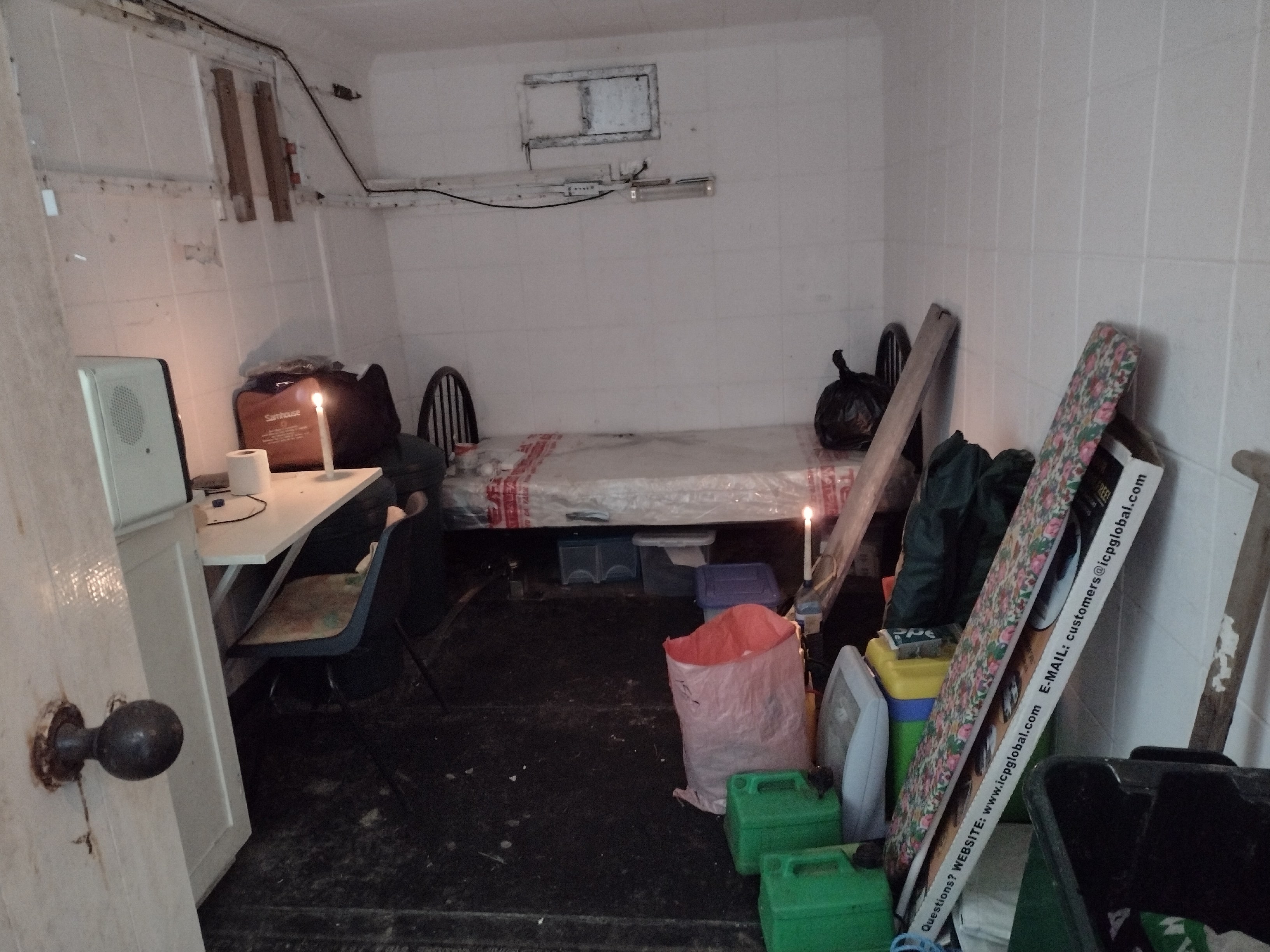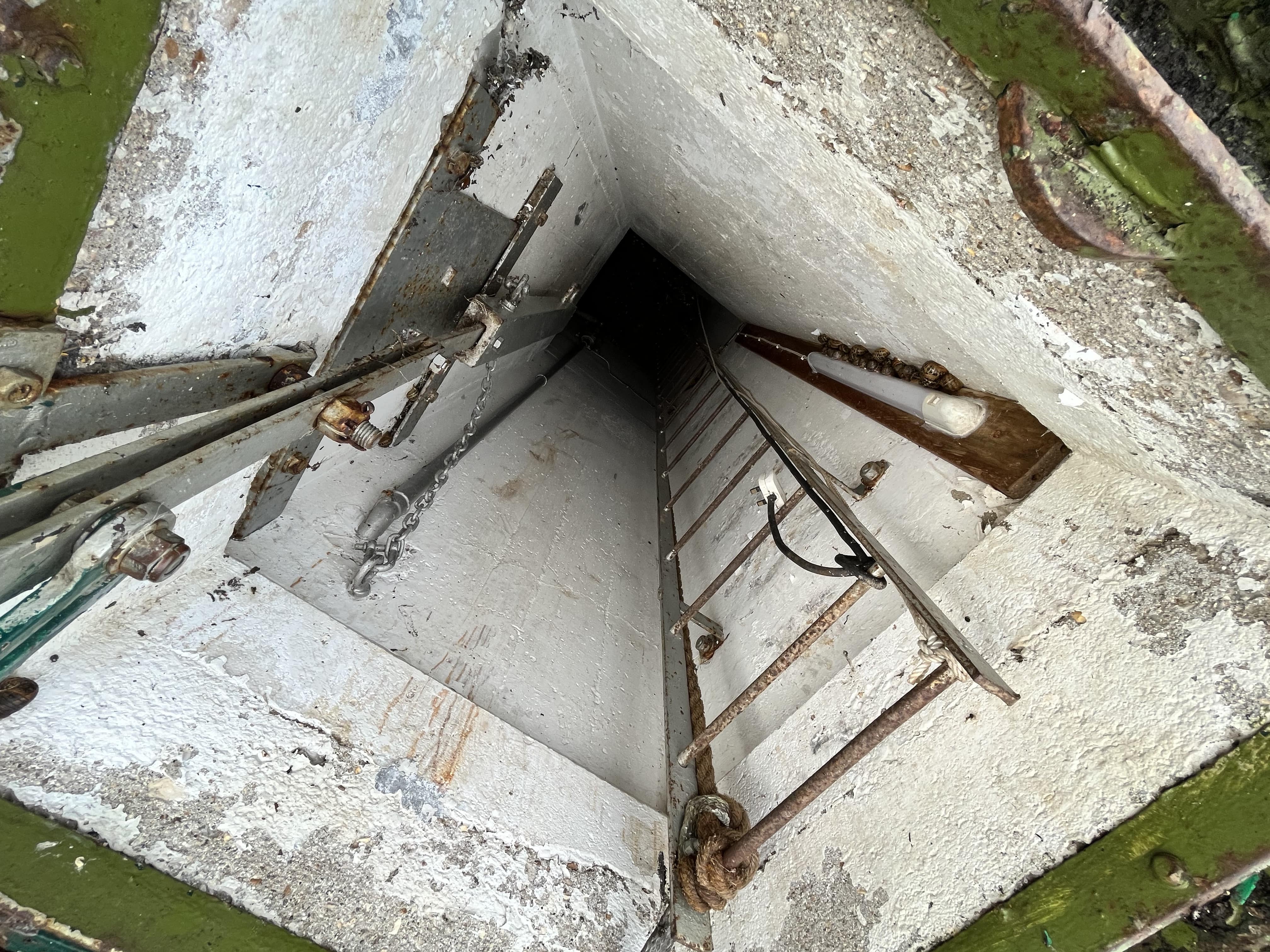
Secret Cold War-era nuclear bunker on the market for offers over £25k

A hidden Cold War-era nuclear bunker is set to go under the hammer, with a starting price of £25,000.
The bunker, which was built in 1959 and has vehicular access to the site, is being sold by 64-year-old British Army veteran Mark Colledge, who purchased the underground vault on eBay in 2003 for £12,500.
Once owned by the Ministry of Defence (MOD), the hidden bunker is in a remote field approximately four miles from the market town of Louth and is accessible by a 14ft entry shaft.
- Cold War: What was it and how did it start?
- Sold! Blast-proof bunker used for RAF communications
- When you find a WWII bunker... in your garden
The Army veteran told the Daily Mail: "It was built the year I was born and I think I bought it due to a bit of a midlife crisis. I thought 'that's cool' and decided I wanted it.

"I keep a caravan close by and have been using it as a kind of holiday home. I sleep in the bunker, and shower in the caravan.
"I am selling because it seems to be a good time, given the global crisis, and I haven't been there in years. I'd like some cash to go on holiday."
He went on: "I have body bags in there and some gas masks. That goes back to my Army training and what to do in an attack."

The nuclear fallout shelter is located in Legbourne, Lincolnshire, and is being sold by SDL Property Auctions and is set to go under the hammer on 24 November.
The auction site listing reads: "The bunker is secure, dry and in its original condition. SDL are also in possession of the magic key which opens and locks the hatch.
"Fantastic opportunity to buy a piece of past war British history. The once-in-a-generation opportunity is to buy a nuclear bunker otherwise known as a Royal Observer post.

"This particular site was one of many built in the 1950s. This site was built in 1959 and was designed to provide protective accommodation for three observers to survive a nuclear attack.
"They were expected to report on the nuclear bursts and report on the fallout of a nuclear attack. They were provided with enough food and water for 14 days and had a landline and radio communications available to them."
Many sites like this were decommissioned and sold off in 1993 – purchased by telecommunications companies and replaced with mobile phone masts.









